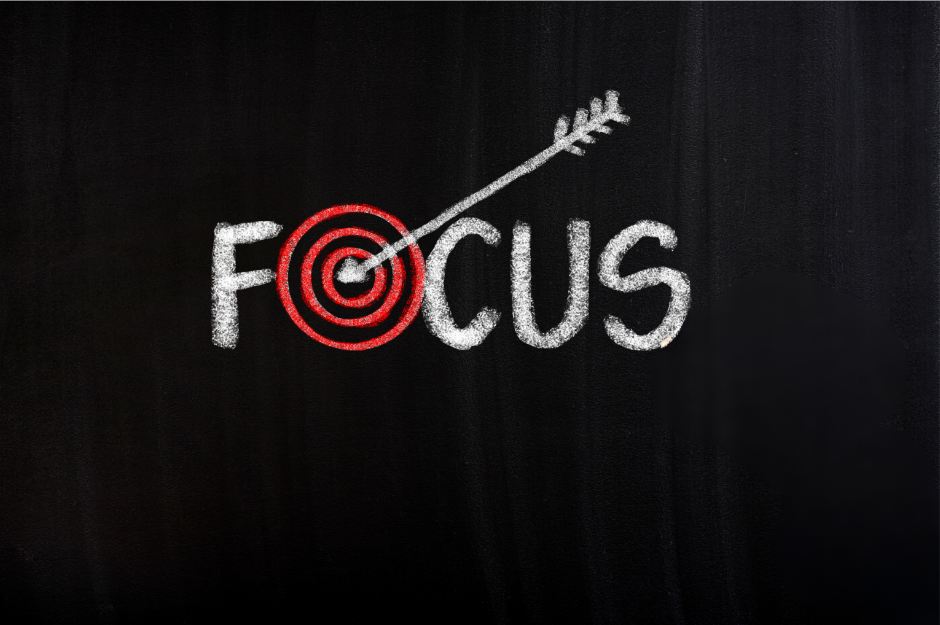The Art of Personalized Storytelling

January 14, 2021
By Sarah Kelliher
If you or your team aren’t capitalizing on personalized storytelling, then you’re behind. That’s not my opinion, it’s just the facts.
According to Forrester, 89% of businesses are investing in ways to personalize their marketing techniques, including giants like Coca-Cola, Netflix, Sephora, USAA and Wells Fargo.
So, how does this affect public relations and communications professionals who are on the front lines of this work? It means our messaging must be strategic, targeted and authentic – three key, and often forgotten, components of personalized storytelling.
What is Personalized Storytelling?
Personalized storytelling is more than just an email with the recipient’s name in the subject line. It’s an invaluable tool that combines research and thoughtful messaging to develop an effective communications network.
This type of communication doesn’t just happen overnight. It takes time to craft a personalized storytelling effort that is strategic in its approach, has a specific target audience and is consistently authentic.
Here, we’ll break down each of these three areas and what you can do to master the art of personalized storytelling.
How Do I Start? – The Strategy
Before you can even think about personalized storytelling, you must first develop an effective strategy. In this instance, think of your strategy as your GPS. In order to arrive at your destination, you must follow a road map, with clear and comprehensive directions, to get there.
Luckily, at Curley & Pynn, we have five questions that have emerged as the foundation for our strategic research that can serve you well as you embark on your personalized storytelling journey. When you first start thinking about executing personalized communications techniques, ask yourself:
- Who do you want to reach?
- What do they already know about you?
- What do you want them to know?
- How are you going to reach them?
- What do you want them to do?
Once you’ve found the answer to these five questions, I encourage you to ask yourself one more. These five questions are crucial to developing any effective strategy, but if you’re interested in a personalized communications approach, you should also ask yourself about the timing and frequency of your messaging, too. Sending too many messages too quickly, could bore your target audience and may even cause you to lose them completely.
This point is important to keep in mind when crafting your personalized storytelling strategy. A rule of thumb our firm likes to follow is to never send more than one marketing/promotional message in the same week.
It’s not just our firm, either. Research proves the most common reason people unsubscribe from emails is that they receive them too often.
Does it Work? – Target Practice
I recently had the opportunity to put personalized storytelling into action and was delighted with the results that followed.
Our team was tasked with spearheading a 10-week email marketing campaign for one of our clients and needed to figure out how to reach a large audience in a meaningful way.
For our first email distribution, we didn’t take the time to truly personalize the message. Of course, we crafted a message that was relevant and targeted to our client’s audience, but we didn’t think to include extra personalization or “story-like” features that speak directly to the consumers’ businesses goals and objectives.
After a quiet response following the first email message, we realized we had to shift to a more targeted and personalized approach. We knew who we were trying to reach, but we were stuck on how we were going to reach them.
So for the second message, we took the extra time to work with our client to collect additional contact information and more details about the wants and needs of their consumers. This effort extended beyond just conversations; it included research and review of recent organization and industry studies.
Then, using built-in tools in Mailchimp, we incorporated personalized elements in the second email message, including the contact’s name, company, location and relevant statistics, that were tailored to each recipient. And, instead of merely stating facts and figures in our communication efforts, we shifted to a storytelling approach that allowed recipients to visualize themselves as a part of the story we were trying to tell.
Even though this personalized storytelling approach took extra time, it was well worth it. Compared to the first email, the open rate of the second message increased by 520%, while the click-through rate increased by 98%.
Research from Gartner backs up the importance of taking the time to effectively communicate this way, too. Their recent survey shows that brands risk losing 38% of consumers due to poor marketing personalization efforts.
The True Magic – Authenticity
So, what’s the secret sauce to personalized storytelling?
Authenticity.
A scientific study from Berkeley breaks this down for us and explains how authentic storytelling literally stimulates the human brain. As human beings, we use stories to transmit important information from one individual or community to the next. Stories are how we connect with each other on a more personal level. Without them, we could never understand one another.
The study even states that “stories that are personal and emotionally compelling engage more of the brain, and thus are better remembered, than simply stating a set of facts.” So, even science proves personalized storytelling is effective!
Just as you are authentic in sharing a story with family or friends, you must be authentic in sharing stories with your target audience, too.
Your Turn
The next time you or your team are communicating with your audience, don’t forget these important tenets of personalized storytelling. If your approach is strategic, targeted and authentic, your arrow will hit the mark.
Best of luck!




